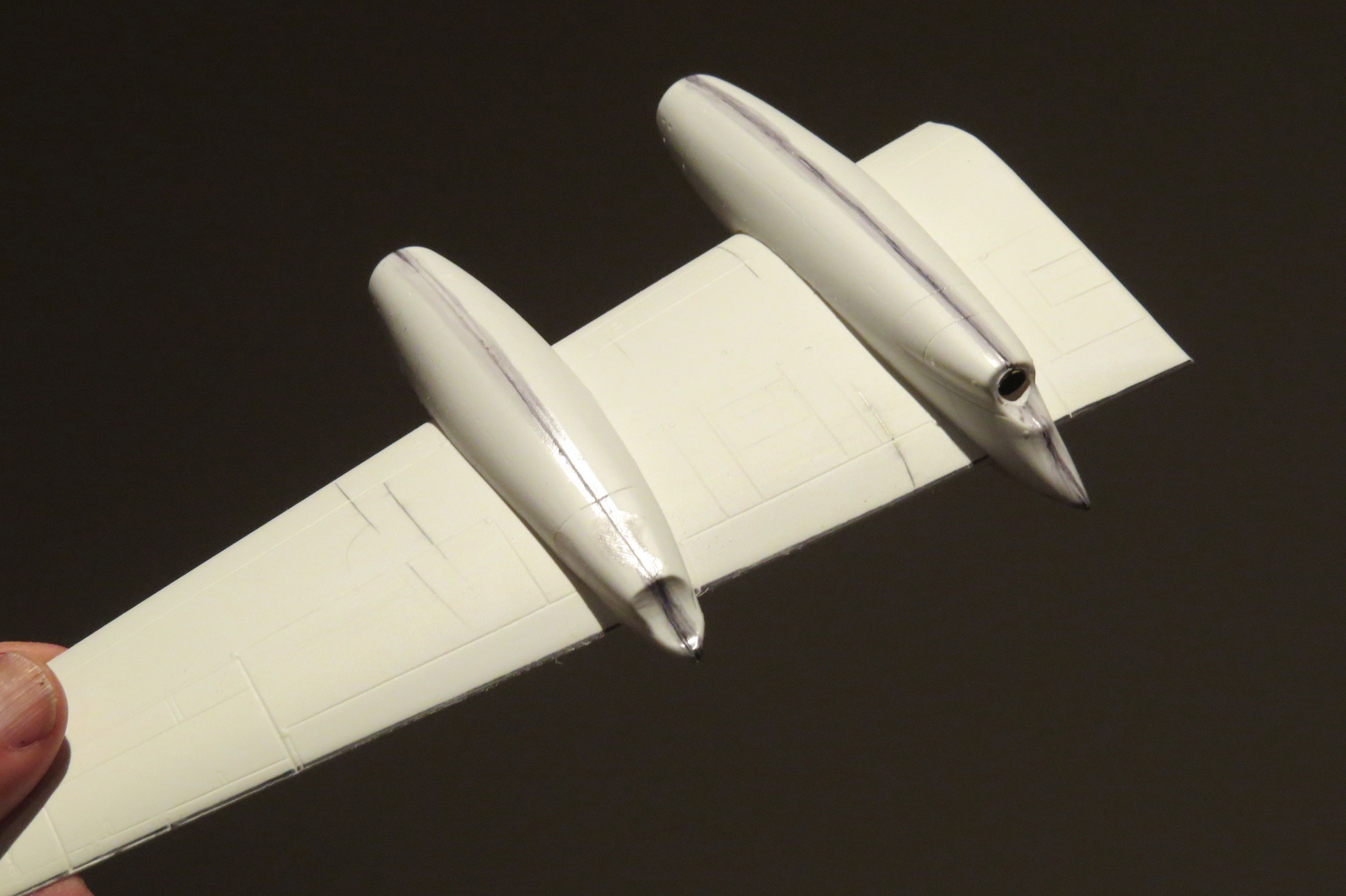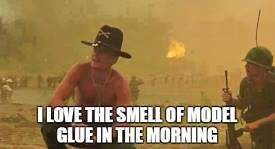so number one,I like my vacform fuselages to be as strong as a baseball bat (slight exaggeration, rigid and strong will do) to this end I make bulkheads and position them strategically inside the fuselage I put in a box structure at the wing centre section to mount wing spars for a strong no-sag wing / fuselage joint.

I used to make the ribs out of balsa and used epoxy but now I cut out plastic discs.. much much easier but for this need essential tools:

a shape form thingamujig and a circle cutter.
I dont know about you lot but I often find with many kits that the bulkheads often dont fit very well inside the fuselage sometimes you have to sand them down to close up the fuselage sides or sometimes they dont meet the other side.. not much of a problem with injected kits but big problem with vacforms. This may very well be due to my modelling ineptitude but I developed a "cheat" that helps me solve this problem.
When the bulkheads are in and ready to join the fuselage halves I apply paint on the bulkhead edges push the halves together and see if and where the bulkheads touch the inside of the other fuselage half. If the joining surface area is not satisfactory I make what I call floating bulkheads.. a picture tells a thousand words:

After making these I position the floating bulkheads in their frames (no glue yet), press the two fuselage halves together causing the floating bulkhead to slide in the frame and give a perfect gluing surface area, pull the halves apart run liquid cement in the frames and the floating bulkheads are now locked into the perfect position.
Next liberal application of Tamiya liquid cement on the bulkhead edges and on the interior of the other fuselage half, push the halves together and tape up:

After that has dried I use a paint brush to run loads of Tamiya extra thin cement down the seam which has been reinforced with interior doublers and tabs, I do a about 6 inches at a time to try and get the best joint possible.. for me it is never perfect I always require filler, (that is the nature of vacforms and the inept I am afraid)
After doing this I put a steel edge on the fuselage top and saw that I had a little bump behing the cockpit where the bulkhead I made was as pushing the skin about 1 mm too high, I ran a saw down that section of seam (dremel with circular saw fitting) grinding a bit here and a bit there till the bulge disappeared. Now I am left with a little less than an inch long gap, I filled this with semi liquid dissolved plastic which I make with plastic shards and GP thinners, apply this to any gap the plastic welds itself together, sand and you wont know there was a joint there.. and it is as strong as continuous plastic












